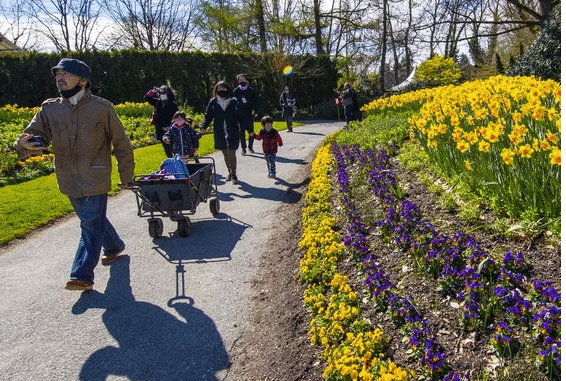
The Vancouver Park Board is taking meaningful steps toward reconciliation by proposing free admission for Indigenous Peoples to the city’s most treasured gardens. If approved, the initiative would allow First Nations, Métis, and Inuit visitors to access Vancouver’s top horticultural attractions, such as the VanDusen Botanical Garden and the Bloedel Conservatory, without charge.
The proposed policy acknowledges the deep cultural and historical ties Indigenous communities have to the land and seeks to remove financial barriers that prevent equitable access to public spaces. Gardens like VanDusen and Bloedel are not just recreational areas—they’re also places of education, biodiversity, and healing. By offering free admission, the city hopes to foster a stronger sense of inclusion and belonging.
“This is a small but powerful gesture of respect,” said a Park Board spokesperson. “It recognizes that these gardens sit on unceded Indigenous territories and aims to build a more welcoming space for Indigenous people to connect with nature and culture.”
The idea aligns with broader commitments made in response to the Truth and Reconciliation Commission’s Calls to Action. If implemented, Vancouver would join a growing list of Canadian institutions rethinking access policies as part of reconciliation.
Indigenous leaders and community members have voiced cautious optimism, noting that while the move won’t erase historical injustices, it is a step in the right direction. “Accessibility is an important piece of reconciliation,” said a Musqueam elder. “When we are welcomed into spaces without cost or conditions, it affirms our place on our own lands.”
The Park Board is expected to vote on the proposal later this month. If passed, the policy could take effect as early as this summer, allowing Indigenous visitors to enjoy the gardens free of charge during peak bloom season.
As cities across Canada continue to grapple with how to turn reconciliation from words into action, initiatives like this one in Vancouver offer a glimpse into how public policy can honor Indigenous presence in meaningful ways.

Leave a Reply